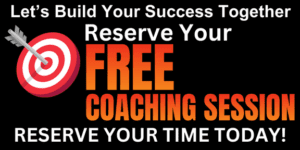Because they sound similar, up-selling and cross-selling are often confused. Although they are both ways of selling additional products to boost the sale amount of an order, they are different and one works better than the other. Read on to find out which is more effective and how you can up-sell and cross-sell to benefit both customers and your company.
Up-Selling Products
When a customer is shopping and wants to buy a certain product, you can increase the value of the purchase by suggesting that the shopper purchase a similar product that is higher-end. This is called up-selling.
Cross-Selling Products
In contrast to up-selling, the term cross-selling is usually used when a person is interested in buying a product and additional products are suggested for purchase that are related to the product that the customer is interested in. For example, if they are interested in purchasing a bike, a company might also suggest that they purchase a helmet, a bike water bottle holder, a bike lock, a new bike seat, a bike cover, and more. As with upselling, the goal of cross-selling is also to increase the total monetary value of the customer’s purchase for the company.
Optimize Your Suggestions
One of the ways to increase the total purchase value is by displaying products on the shopping site that the customer has previously viewed. Because the customer viewed a product previously, it can mean that they are interested in it but had not made a decision yet about purchasing it. After some research, they may decide to buy it.
Because a company has limited time and space for up-selling and cross-selling products, it’s best to optimize this process to only offer products that are most likely to be purchased by a customer. Up-selling is a lot more effective than cross-selling because an up-selling offer is much more related to what a customer is already wanting to purchase. For example, if someone is looking for a bike and you suggest to them a better bike option with more features, but only slightly higher price, then they are likely to take that offer. But if you suggest that they buy a bike basket, then they would be less likely to purchase this, unless they really want to purchase a bike basket and also like the basket you are suggesting.
Show How the Customer Will Benefit
When up-selling and cross-selling products, for optimal results, it’s best to show how the customer will benefit if they take an offer. For example, you can show customer reviews and testimonials or show a video of a customer explaining how a product was beneficial to them. Consider how customers will save time or money, look or feel better, etc.
A coach can help you to develop systems for up-selling and cross-selling your products. Get in touch today!




